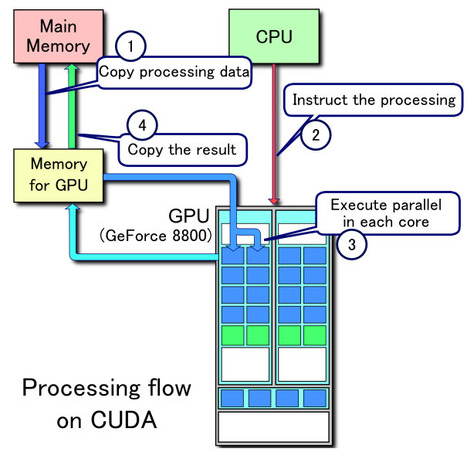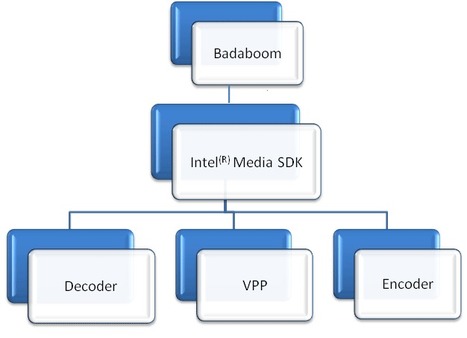Designed to support next-generation GPU and CPU architectures, release 2.0 is now available for Elemental’s suite of products for video processing, packaging and streaming live and on-demand video. The release brings together a host of features for multiscreen video delivery to create a unified platform providing substantial benefit to Elemental customers:
•Increased performance – With next-generation processor architectures and an optimized video pipeline, Elemental systems offerdouble the performance and density of previous generation solutions in asingle RU footprint. Increased throughput allows customers tobring multiscreen assets to market more quickly and in a smaller footprint than ever before.
•Comprehensive codec support – Support for multiple codecs running simultaneously on a single platform provides customers with aseamless migration path from existing video delivery standards tofuture compression technologies. Elemental solutions offer MPEG-2,H.264, VC-1 and HEVC / H.265 encoding with patented compression technology as well as support for JPEG 2000 and ProRes mezzanineassets.
•Current and future standards – In addition to support for common video streaming protocols such as Adobe RTMP and HTTP DynamicStreaming (HDS), Microsoft Smooth Streaming and Apple HTTP LiveStreaming (HLS), Elemental software supports newly emergingtechnologies including MPEG-DASH, Ultraviolet and 4K Ultra HD.
•Advanced encryption and protection – Secure content with a variety of integrated technologies including Civolution forensic watermarkingfor both live and VOD content, Adobe Flash Access, Apple Sample-AES and Microsoft PlayReady as well as DRM solutions from NDS, Verimatrix and Widevine.
•Increased monetization – Support for ESAM dynamic ad insertion and Nielsen ID3 tagging give pay TV operators a path to multiscreenvideo delivery and a way to deepen audience engagement andinteraction. Media companies can also take advantage of the Adobe Primetime ecosystem for ad insertion as well as ad integration solutions from BlackArrow and mDialog.
•Augmented audio options – With release 2.0, robust support for audio encoding is available across the Elemental product line, includingsupport for DTS Express, Dolby Digital, Dolby E and Dolby DigitalPlus. In addition, release 2.0 features support for Dolby Digital Plus inApple HLS and Microsoft Smooth Streaming, raising the bar for audio fidelity in the streaming market.
•Accessibility features – Audio loudness management lets broadcasters adhere to the CALM Act and new captioning features, includingcaption burn-in, SMPTE-TT and SCC file creation let content creatorsadhere to captioning requirements coming into effect later this year.Elemental makes it easy to caption content originally aired on television and destined for delivery over the Internet.
 Your new post is loading...
Your new post is loading...
 Your new post is loading...
Your new post is loading...





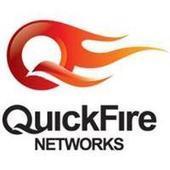

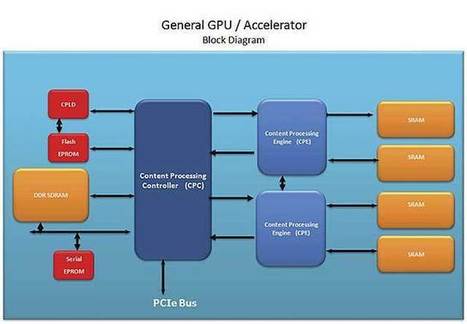
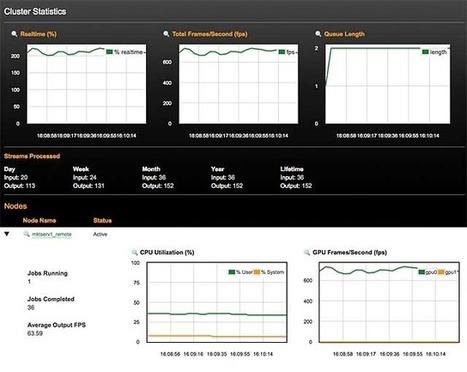
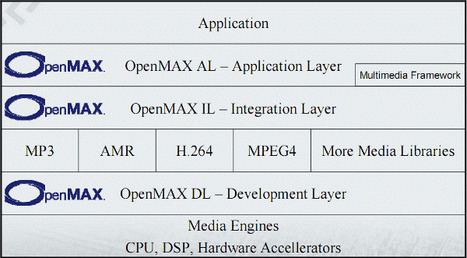



![Elemental Software Release 2.0 Advances Unified Platform for Multiscreen Video : DASH, HEVC, Access DRM, Dolby for HLS and Smooth... [PR] | Video Breakthroughs | Scoop.it](https://img.scoop.it/_ipbk2GYGYk-0zgLsSlQ-Tl72eJkfbmt4t8yenImKBVvK0kTmF0xjctABnaLJIm9)
